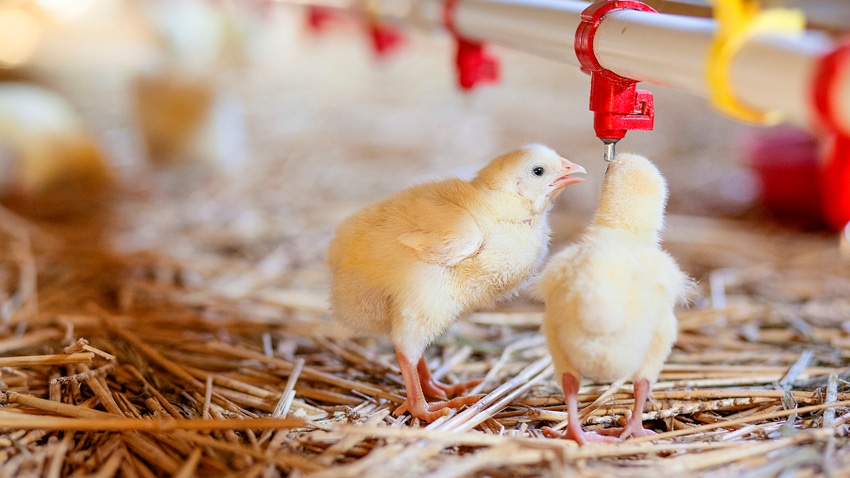
The National Chicken Council submitted comments to the Environmental Protection Agency opposing its proposed strategy for reducing food waste and increasing organic recycling. The organization touted the chicken industry’s efforts to reduce waste while arguing that some proposals may have unintended consequences.
EPA introduced the waste reduction strategy last December. Its objectives are to prevent food loss, prevent food waste, increase the organic waste recycling rate and incentivize waste prevention and recycling policies.
According to the NCC, USDA’s proposed framework to decrease salmonella in raw poultry products is not based on scientific evidence or any known public health outcomes. NCC officials say the rule would likely result in entire days of production going to waste. This would cause shipment delays to retailers and restaurants.
The Council points out that if just 1% of the 46 billion pounds of chicken produced each year were discarded, more than 460 million pounds of fresh chicken would be wasted annually.
NCC also spoke out against a 2009 FDA rule that instituted stricter storage temperature requirements for surplus hatching eggs. Hatcheries with more eggs than they want to hatch often sell them in the breaking egg market, where they can be pasteurized and used in multiple food products.
NCC officials say this unnecessary rule forces producers to trash many usable and safe eggs. Last year, the NCC petitioned FDA to reexamine the rule as a way to increase supply and reduce consumer egg prices.
Industry efforts to reduce food waste
Officials with NCC argue chicken producers are already taking significant steps to meet waste reduction goals. The Council cited the use of byproducts in chicken feed as a “perfect example” of minimizing food waste. That’s because chickens can easily digest byproducts in feed like bakery meal, animal proteins and fats, distillers dried grains with soluble, commonly referred to as DDGS, and peanut meal.
The NCC says producers are also reducing food waste by rendering meat and poultry byproducts into food for livestock and pets. Those byproducts can also be turned into organic fertilizers. For example, feathers can be turned into feather meal for use as a slow-release organic fertilizer or animal feed.
“Without spending additional resources, agencies can take action to not only reduce waste but also decrease food prices while increasing their availability for consumers,” NCC’s comments concluded. “By working cooperatively towards achieving this goal, innovative solutions can be found.”
Read more about:
LegislationAbout the Author(s)
You May Also Like






